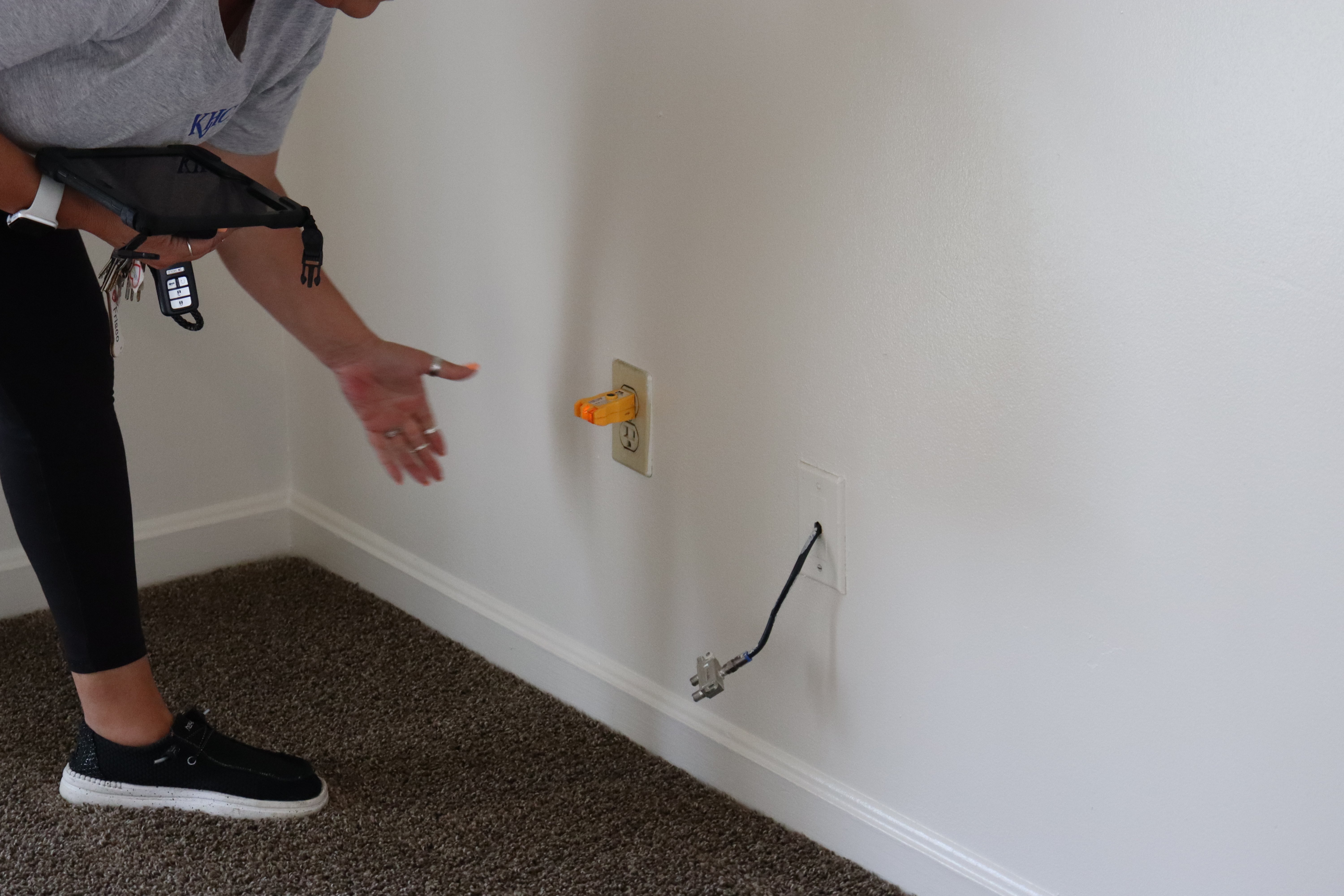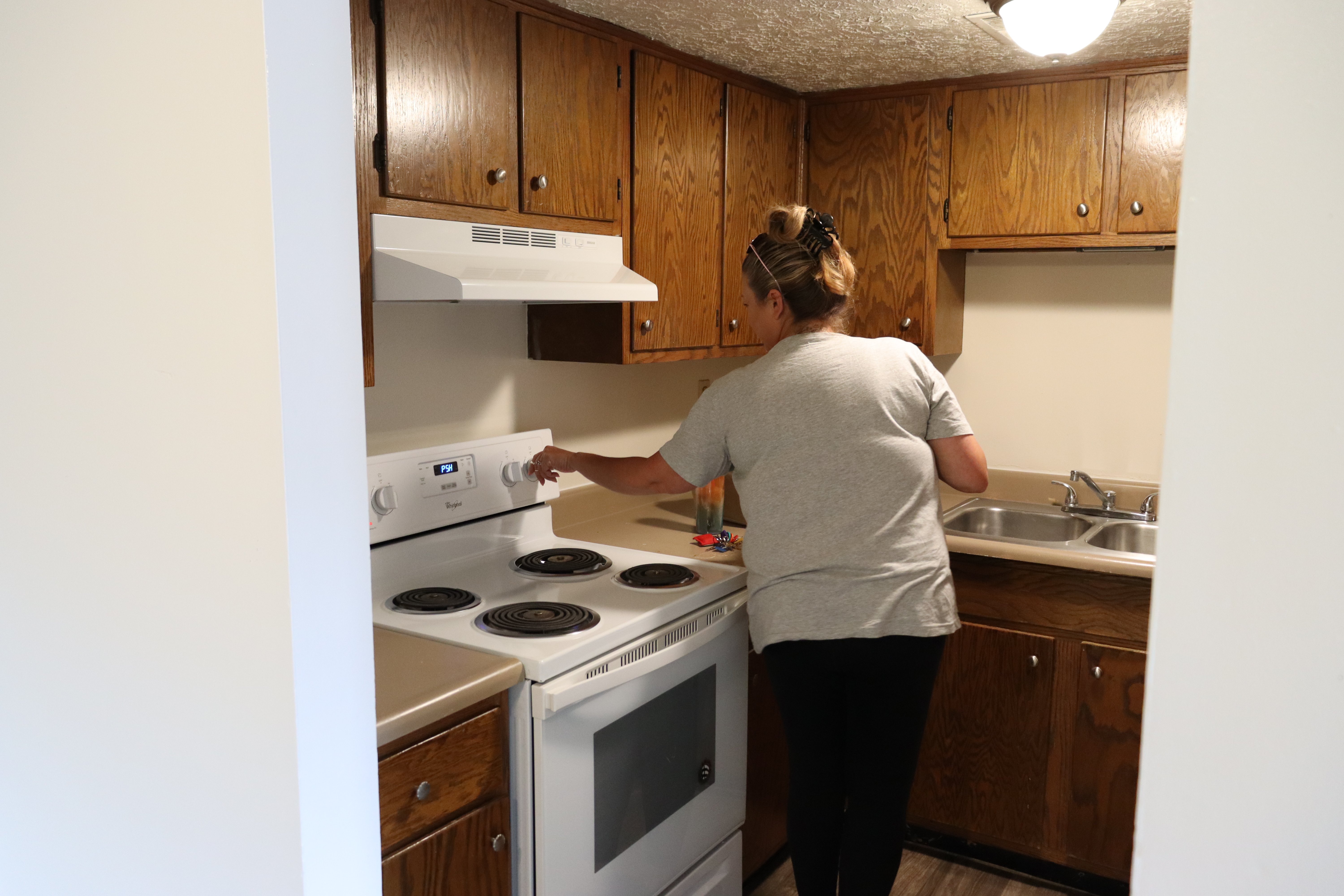Learn about the Housing Choice Voucher program (Section 8) and the challenges faced by low-income families in accessing affordable housing.
Housing Choice Vouchers Inspections
The housing choice voucher program (HCV) is a federal program that provides rent assistance for very low-income families, the elderly, and the disabled. Most people know it simply as the Section 8, and outdated descriptor and a reference to its place in the Housing Act of 1937.
Here in the Commonwealth, Kentucky Housing Corporation (KHC) administers the HCV program in 87 of the 120 counties. The other 33 counties are managed locally. The number of vouchers allocated by the U.S. Department of Housing and Urban Development (HUD) is limited each year. KHC is currently allotted 5,704. The total number of KHC-administered HCVs in circulation is 55,320. Because the demand far outpaces the supply, the waiting list is opened and closed periodically, and often stretches well beyond the number of HCVs available. As of June 1, 2023, for example, the waiting list stands at 7,177. That could mean a wait of up to five years for a person or family who is struggling or even homeless, all the more reason the HCV program cannot exist in a vacuum and must be paired with other affordable housing programs and developments, such as Project-Based Rental Assistance, whereby an apartment building, not individuals or families, hold a voucher to accept rent based on income.
 The income limits to receive an HCV are set according to county statistics and by how many people are in the family. Just to get on the waiting list in Franklin County, for example, where Frankfort is located, a person’s income must be less than $29,350, and a family of four must bring in less than $41,900. In Pike County, on Kentucky’s eastern border, those incomes are $22,500 and $32,100, respectively. The calculations that determine voucher eligibility are slightly different, but the principle remains.
The income limits to receive an HCV are set according to county statistics and by how many people are in the family. Just to get on the waiting list in Franklin County, for example, where Frankfort is located, a person’s income must be less than $29,350, and a family of four must bring in less than $41,900. In Pike County, on Kentucky’s eastern border, those incomes are $22,500 and $32,100, respectively. The calculations that determine voucher eligibility are slightly different, but the principle remains.
Administering HCVs is not just as simple as handing them over. KHC must also make sure that the units occupied by voucher holders meet Housing Quality Standards (HQS) set forth by HUD. This must be done before a voucher-holder moves in and every year thereafter. That responsibility falls on the inspections team.

Melissa Jones has been with KHC for over 20 years. Currently, she oversees 26 counties, including Bullitt, which she has had since the beginning.
"Most of the tenants know me," she says, "unless they're new."
On a balmy day in early May 2023, Melissa is scheduled to inspect 11 apartments, one of which is vacant. The tenant wanted to wait until it passed the HQS inspection to move in. If he were to move in before the HQS passes, he would have to pay market price for the apartment, which most voucher-holders simply cannot afford.
“A lot of people do it, though,” says Melissa. “I’ve got another move-in inspection today where somebody’s already living there.”
HUD has identified the "key aspects" that determine the basic health and safety of a living unit. Those key aspects must pass in order for a dwelling to be considered fit for a resident and in turn to be eligible for HCV support. In the living room, for instance, there must be at least two working outlets or a working outlet and a working light fixture; the windows must open and close and have working locks; the ceiling, walls, and floor must be free of hazardous defects. In the kitchen, the stove and oven must work and, if gas, be free from gas odors, and the faucets must have both cold and hot running water and the drain properly installed with a gas trap. There must be a functional smoke detector on each level of the apartment. If there are pests, they must be documented, too.

The inspection form is digital, so Melissa checks boxes and types information into text fields with her finger on a digital tablet as she moves from one room to another. She moves quickly from outlet to outlet, plugging in a tester, waiting for the light to tell her if the electricity is working and grounded.
Windows must stay open without props because, in case of a fire, tenants must be able to get out. In the vacant unit, the windows open, but they stick halfway and cannot be closed. Inspectors have a busy schedule and don't have time to wait for maintenance to be called and to address the issue. Normally, this kind of window would fail. Fortunately, the property manager, Amber, is along for the inspection and her maintenance worker was in the building next door. By the time Melissa was done with inspecting the other rooms, the window had been fixed and a serious violation was averted. Amber says that they are in the process of ordering windows for every apartment in the complex, a task made difficult by the supply chain issues brought on by the pandemic.
"If I left and that window wasn't functioning like it was supposed to," Melissa says when we leave, "then we fail it. The tenant can't get any assistance until it passes. Most of them don't have anywhere to go."
Melissa has been doing this for so long that she has contact information for many of the landlords saved in her phone. After inspecting one apartment with a faulty outlet, she calls the landlord to let her know she will have only 24 hours to fix it. The sooner, the better.
"The outlet is hanging out of the wall," she says. "Send me a picture as soon as it's fixed. Thank you."
Melissa says that many of her unit fails, out of all 26 counties, happen in one complex. But, she adds, the landlord always listens to KHC and immediately addresses the issues.

For a standard violation, landlords have 30 days; only the most egregious must be fixed within 24 hours. Those include faulty windows, water heaters, heating, smoke detectors, and anomalies like raw sewage.
Even though the landlords are responsible for most fails, tenants can still get emotional. They have their reasons. The tenant whose outlet didn't pass inspection, for example, has plans to get a house. She can't afford for anything to get in her way.
"I need this place so bad," she keeps saying, as Melissa talks through the inspection.
Even though a fail is not a blemish on her record, she doesn't know that. This is her first inspection. Part of Melissa's job is to inform tenants about the process, and to reassure them.
"It'll be all right," Melissa says. "You're good. I'm going to call the landlord right now. It's going to be okay." Then she explains that even in the worst case scenario, HCV tenants do not lose their housing; they are instead transferred to a different unit, one that passes the HQS. The inspection exists simply to ensure tenants are being housed according to HUD's standards.
The inspections program has evolved with the times. It used to be that voucher holders would receive a letter in the mail notifying them when an inspector was scheduled to show up. Now, in addition to the letter, which arrives weeks prior, they receive email and text message reminders the weekend before their inspections. This redundancy is crucial because tenants who miss two appointments lose their vouchers. They will probably be unable to pay the full rent out of pocket, so they will then lose their home. They could apply for the waiting list, but, given its volume, will have to wait years before they get another voucher. Put simply, they cannot afford to miss two inspections. It's the difference between having a home and being homeless.
.png?width=763&height=547&name=inspections%20email2%20(2).png)
Both the email and text message include a link to a dedicated inspections landing page that was created during COVID-19 to help with the virtual inspections. During those, tenants were expected to carry a phone or tablet around the apartment and do the inspection with the supervision and coaching of the KHC inspector on the other end of the video call. The web page was designed to demystify the process for the tenants. A video on the page shows a sample inspection. Another shows the HQS inspection form and what specifically constitutes a safe, sanitary, and comfortable home in the eyes of HUD. Readers are also informed what to do if they need to reschedule. Because some inspectors travel hours to reach single inspection units, this step is crucial.
Melissa says there is a stigma associated with the HCV program. Recipients are often characterized stereotypically as poor, dirty, and lazy. In a 2015 Washington Post article about the term Section 8 being used as a slur, Lawrence Vale, Professor of Urban Design and Planning at MIT, was quoted as saying, “We’ve been doing that as a society for a really, really long time.” People on Section 8, he said, are treated as if they have "a moral failing that makes them incapable of affording the housing." It amounts to a disregard of structural unemployment, wages, and other factors impacting the housing crisis.


